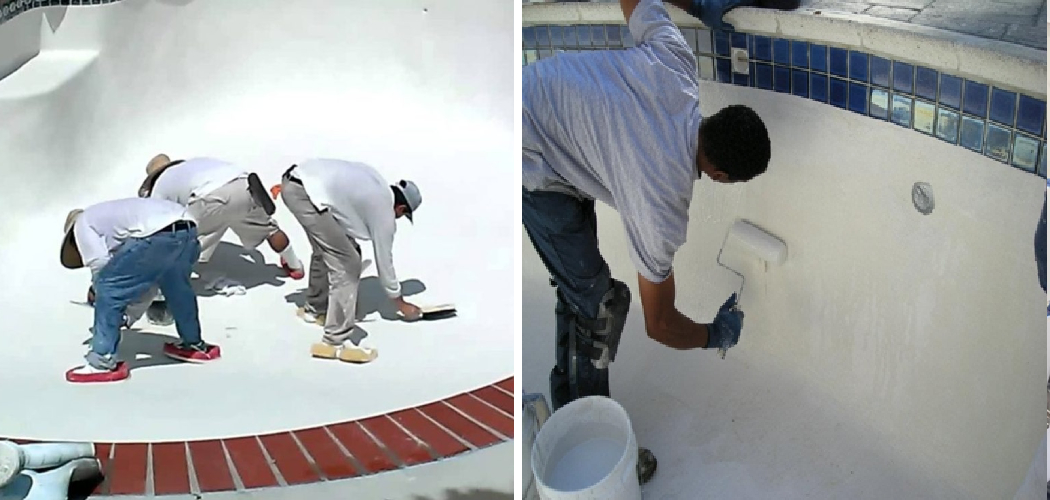Creating the perfect pool plaster is an essential skill for any pool owner or builder, as it not only enhances the aesthetic appeal of the pool but also ensures its longevity and functionality.
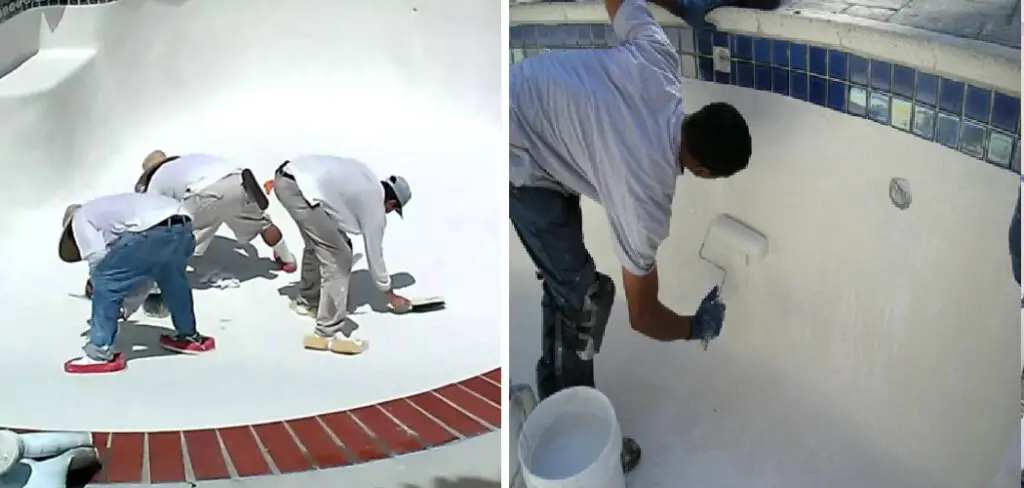
The process of making pool plaster involves a careful combination of materials and precise application techniques to achieve a smooth, durable, and water-resistant finish. From selecting the right type of plaster mix to properly preparing the pool surface, each step plays a crucial role in determining the overall quality of the plaster job.
In this guide, we will delve into the intricacies of how to make pool plaster, offering valuable insights into the choice of plaster materials, the importance of surface preparation, and the step-by-step application process.
Whether you are embarking on a new pool construction project or looking to revitalize an existing pool, mastering the art of pool plastering is key to creating a visually stunning and long-lasting aquatic oasis.
Importance of Quality Pool Plaster
Pool plaster is an essential element in the construction and maintenance of swimming pools. It not only enhances the visual appeal of a pool but also protects its structural integrity. Therefore, it is crucial to choose high-quality materials and ensure proper installation for long-lasting results.
Investing in quality pool plaster can save you from costly repairs and renovations in the future. Poorly made or installed plaster can lead to cracks, leaks, and other damages, which can be expensive to fix. Additionally, inferior plaster may not provide the desired smoothness and durability, resulting in frequent maintenance and repairs.
In addition to its functional benefits, quality pool plaster also adds aesthetic value to your pool. With a wide range of colors and textures available, you can create a unique look for your pool that complements your overall outdoor design. Furthermore, quality plaster can also resist algae and bacteria growth, helping to keep your pool clean and safe for use.
Overall, investing in quality pool plaster is essential for the longevity, appearance, and safety of your swimming pool. It may cost more upfront, but it will save you time and money in the long run. So, make sure to research and choose the right materials and professionals for your pool plaster project. Trust us; your future self will thank you for it.
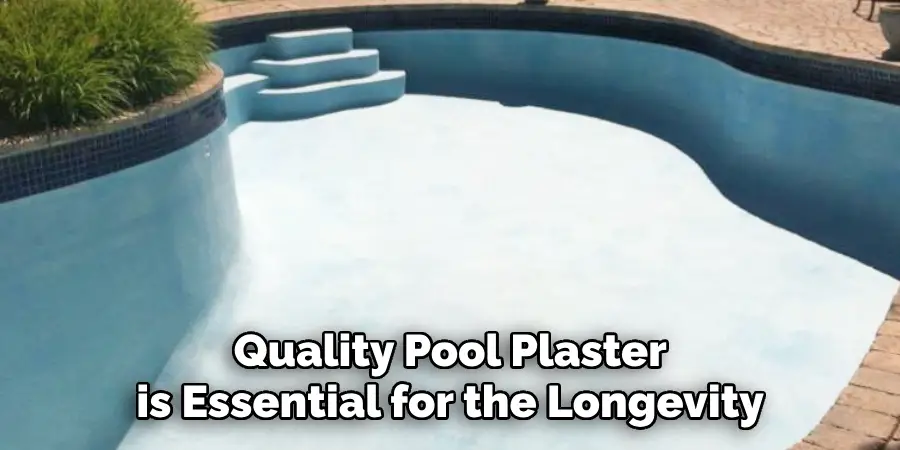
10 Methods How to Make Pool Plaster
1. Prepare the Pool Surface
Before you begin plastering, it is important to prepare the pool surface. This includes removing any debris or loose material, repairing cracks and chips, and ensuring that the surface is clean and dry. Any foreign objects or moisture can affect the adherence of the plaster and result in a poor finish.
2. Mix the Plaster
The most common type of pool plaster is a mixture of white cement, marble dust, and water. The ratio of these ingredients can vary depending on personal preference and climate conditions. It is important to mix the plaster thoroughly to ensure a smooth consistency.
3. Apply Bond Coat
Before applying the plaster, it is necessary to apply a bond coat. This helps the plaster adhere to the surface better and prevents cracking. A bond coat can be made from a mixture of cement and water or a commercial bonding agent.
To make a bond coat using cement, mix one part cement with two parts sand and add enough water to create a thick paste. Apply this mixture to the surface of the pool using a trowel. Make sure to cover all areas evenly and let it dry for at least an hour before moving on to the next step.
4. Start at the Deep End
When applying the plaster, it is best to start at the deep end of the pool and work your way towards the shallow end. This will prevent you from stepping on freshly applied plaster as you work. Once you have reached the shallow end, turn around and continue working towards the deep end.
However, be sure to work quickly as the plaster will begin to set within 30 minutes of being mixed.
5. Use a Trowel
A trowel is an essential tool for applying pool plaster. It allows you to spread the mixture evenly over the surface and smooth out any bumps or imperfections. Make sure to choose a stainless steel trowel as it is more durable and will not rust, unlike other materials. You can use either a square-ended trowel or a pool trowel specifically designed for plastering.
6. Work in Small Sections
It is important to work in small sections when applying pool plaster, typically about 4-6 square feet at a time. This allows you to focus on one area at a time and ensures that each section receives equal attention. Additionally, working in small sections helps to prevent the plaster from drying out too quickly.
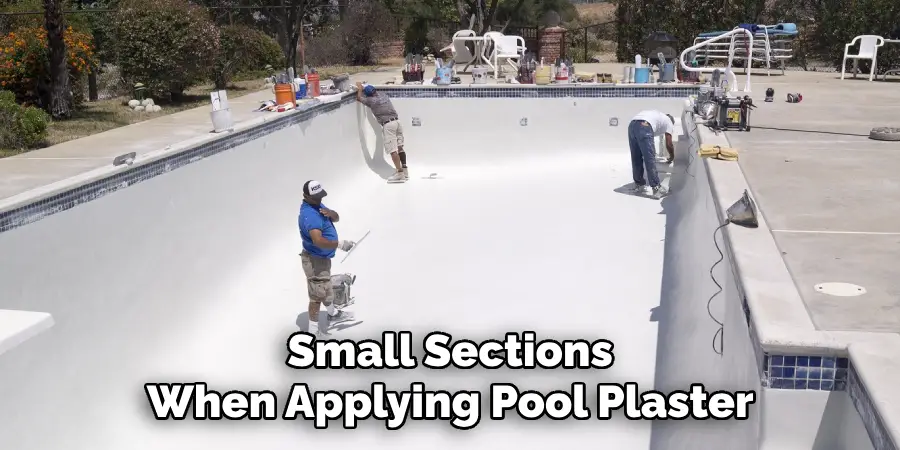
7. Tamp down Air Pockets
As you apply each section of plaster, use a tamper or rubber float to tamp down any air pockets that may have formed beneath the surface. This will help prevent cracking later on. However, be gentle when using the tamper or float to avoid disturbing the plaster too much.
Though it is important to remove air pockets, over-tamping can cause the surface to become too dense and lead to cracking.
8. Smooth Out with Steel Trowel
Once all sections have been covered with plaster, use a steel trowel to smooth out any rough spots or imperfections in the surface. This step is crucial in creating a smooth and even finish for your pool.
Start from one end of the pool and work your way to the other, using long, sweeping motions. Make sure to apply even pressure on the trowel to avoid creating any depressions or high spots.
9. Spray with Water
After the plaster has set for about an hour, lightly spray the surface with water to keep it moist. This will help prevent cracking and ensure a smooth finish. You can do this every hour until the plaster is completely set.
10. Cure for at Least 7 Days
It is important to allow the plaster to cure for at least 7 days before filling the pool with water. This allows it to fully harden and prevents any damage during the filling process. During this time, it is important to keep the plaster surface damp by lightly spraying it with water. This will help prevent cracking and ensure a smooth finish.
Allowing Sufficient Time for Curing
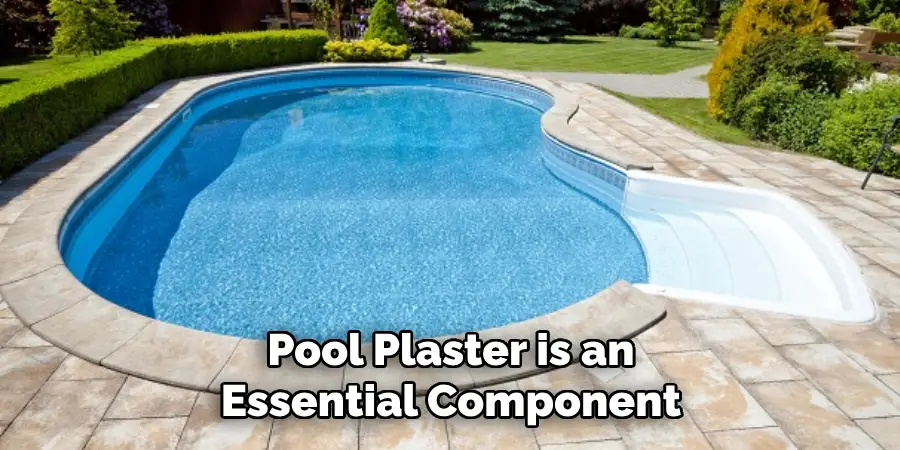
Pool plaster is an essential component of any swimming pool, as it serves both functional and aesthetic purposes. Not only does it provide a smooth and watertight surface for the pool, but it also adds to the overall visual appeal of the pool. However, in order to achieve a high-quality finish, proper curing time must be given to the plaster.
Curing refers to the process of drying and hardening the plaster, which can take anywhere from 7 to 28 days depending on various factors such as temperature, humidity levels, and additives used in the mix. It is crucial to allow sufficient time for curing before filling up the pool with water.
If the plaster is not given enough time to cure, it may result in cracking, unevenness, and discoloration of the surface. This not only affects the appearance of the pool but also compromises its durability.
To ensure proper curing, follow these tips:
- Follow Manufacturer’s Guidelines: Different brands or types of plaster may have varying curing times, so it is important to read and follow the instructions provided by the manufacturer.
- Monitor Temperature and Humidity Levels: The ideal temperature for curing pool plaster is between 50-80°F (10-26°C) with humidity levels below 85%. Extreme temperatures and high humidity can impede the curing process, so it is important to monitor these conditions.
- Avoid Adding Water Too Soon: It may be tempting to fill up the pool with water as soon as the plaster appears dry, but it is best to wait for at least 7 days before adding water. Premature filling can cause cracking and weakening of the plaster.
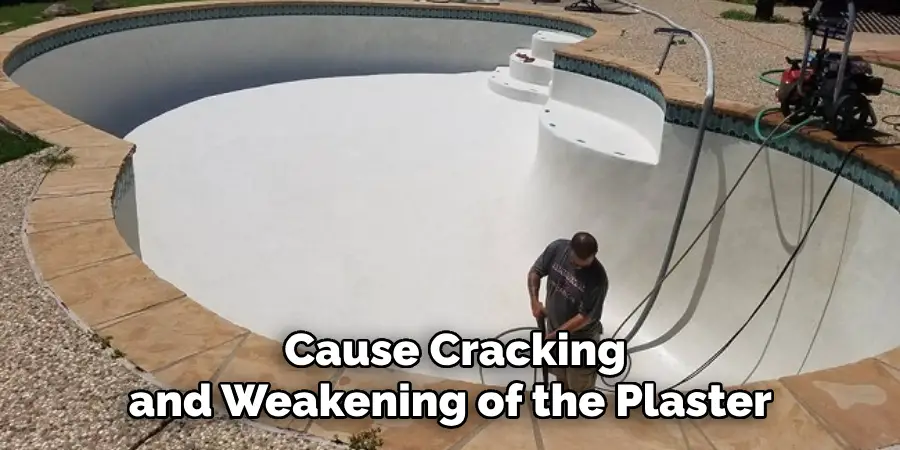
Monitoring the Drying Process
After following the necessary steps to properly mix and apply pool plaster, you must now turn your attention to monitoring the drying process. This is an essential part of ensuring that your pool plaster sets and cures correctly. In this section, we will discuss the importance of monitoring the drying process and how to do it effectively.
The Importance of Monitoring Drying Process
Pool plaster is a delicate material that requires precise conditions to dry and cure properly. If the drying process is not monitored carefully, it can result in various issues such as cracking, delamination, discoloration, or even complete failure of the plaster.
This can be costly and time-consuming to fix, making monitoring the drying process crucial.
Things to Consider When Making Pool Plaster
Making pool plaster is an essential part of building a swimming pool. It’s the final layer that not only gives your pool a smooth finish but also provides protection against water leakage and algae growth. If you’re planning to make pool plaster, there are several factors you need to consider to ensure quality and long-lasting results.
Here are some things to keep in mind when making pool plaster:
Quality of Materials
The first thing to consider is the quality of materials you’ll use for your pool plaster. It’s crucial to invest in high-quality materials that can withstand the harsh chemicals and constant exposure to water.
The most common types of pool plaster are cement-based, quartz, and pebble finishes. Each has its own set of advantages and disadvantages, so it’s essential to research and choose the one that best fits your needs and budget.
Proper Mixing
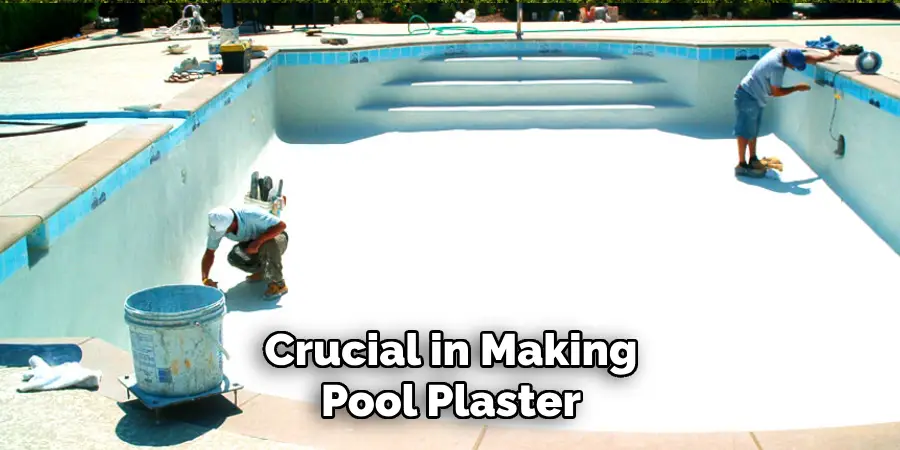
Properly mixing the materials is crucial in making pool plaster. This ensures that all the ingredients are evenly distributed, resulting in a smoother and more durable finish. Follow the manufacturer’s instructions carefully and use a high-quality mixer for best results.
Water to Cement Ratio
The water to cement ratio is a crucial factor in pool plastering. The ideal ratio for cement-based plaster is 0.4, which means that for every pound of cement, you need 0.4 gallons of water. Using too much or too little water can result in weak and brittle plaster, leading to cracks and other structural issues.
Timing is Key
When it comes to pool plaster, timing is everything. The ideal temperature for applying plaster is between 50-70 degrees Fahrenheit. If the temperature is too high, the water in the mixture can evaporate quickly, causing shrinkage and cracks in the finished product. If it’s too low, the plaster may not set properly and result in a weak finish.
Proper Curing
Proper curing is necessary for the plaster to set and bond correctly. It’s recommended to keep the pool filled with water for at least seven days after plastering. This allows for proper hydration of the materials and prevents cracks from forming.
Maintenance and Care
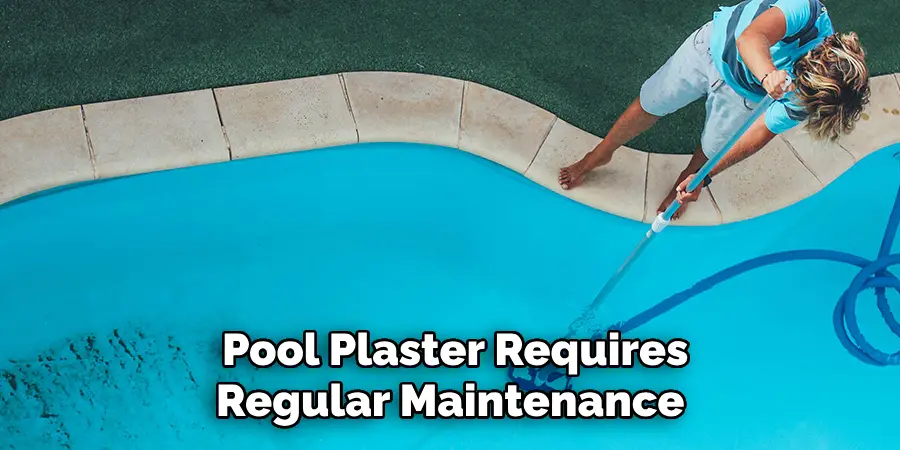
Even with proper installation, pool plaster requires regular maintenance and care. It’s essential to brush and vacuum the pool regularly to prevent algae growth and keep the plaster looking smooth and clean. You should also monitor the chemical balance of your pool water to avoid damage to the plaster.
Conclusion
In conclusion, learning how to make pool plaster may seem like a daunting task, but with the right materials and techniques, it can be achieved easily. The key to creating a smooth and durable pool surface lies in properly mixing and applying the plaster.
Remember to take your time and follow each step carefully, from preparing the pool surface to curing the plaster. By doing so, you can ensure that your pool will not only look beautiful but also last for years to come.
But don’t just stop at making your own pool plaster – why not take it a step further and add some creative designs or patterns? With the vast array of color options available, you can truly make your pool unique and customized to fit your personal style.
And don’t forget about the maintenance aspect – regularly checking for any cracks or damage and repairing them promptly will prolong the lifespan of your pool plaster.

